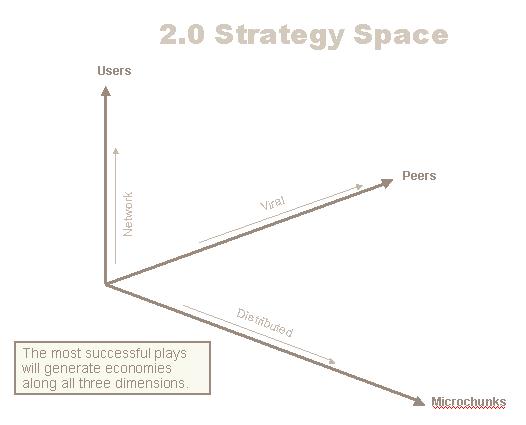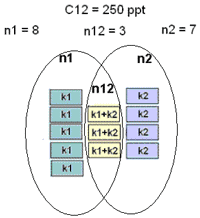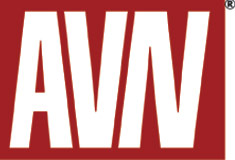At first glance the GPX2 seemed it could be the “open platform” handset or handheld that has been missing.
When I read about a Linux-based handheld that’s open, powerful and cheap – visions of ad-hoc networking applications seamlessly switching between wifi/wimax, mobile and physical connections danced in my head.

Linux-based handheld that’s open, powerful and cheap
Cory Doctorow: Simon writes in with news of a remarkable-sounding new Linux-based handheld computer/PDA called the GP2X:
It can play games. It can play your Movies. It can play your music. It can view photos. It can read Ebooks. It runs on just 2 AA batteries – And it can do all this in the palm of your hand or on your TV screen.
It runs the free Linux operating system. This means a whole world of Games, Utilities and Emulators are at your disposal. Quake, Doom, SNES, Megadrive, MAME, Media players and Applications to name just a few.
It’s powerful – Two 200mhz CPU’s with 64meg of RAM, custom graphics hardware and decoding chips. Takes SD cards and has 64M of NAND memory. Plenty to play with. One of the most powerful and advanced handhelds today.
It’s cheap. Just £124.99.
It’s open. You want to develop your own games for the GP2X? Go right ahead. The SDK is included with the system free. Not since the days of the Amiga has a system been so easy to develop for, commercially and for fun.
It sounded great, like they really understood the potential and power of opening up your platform for innovation.
Then it came out that the GPX2 has “copyright protection by certified DRM”.
Close, but no cigar.






